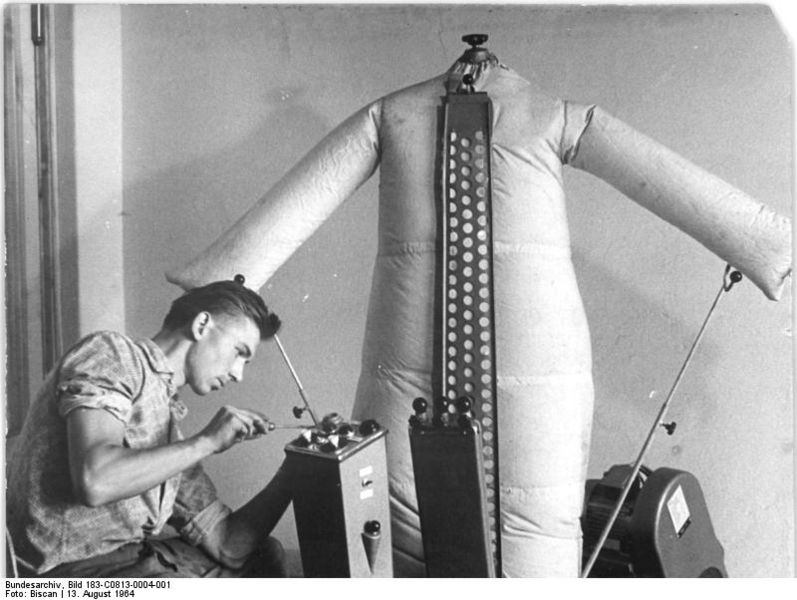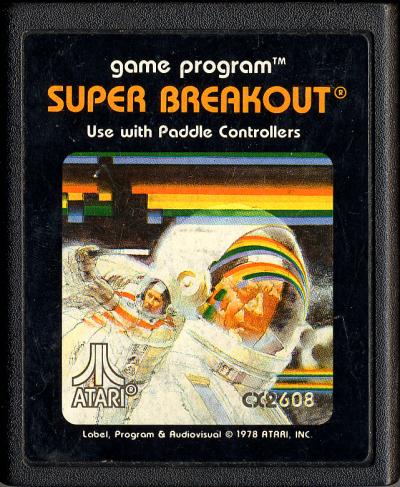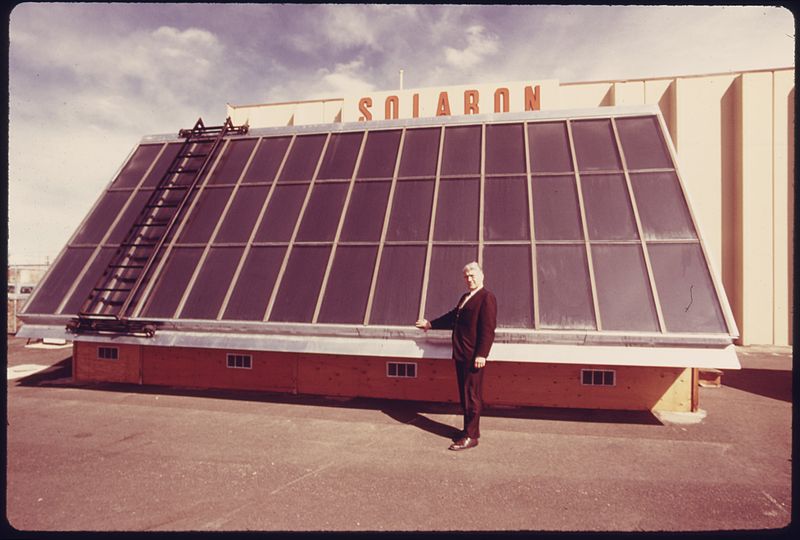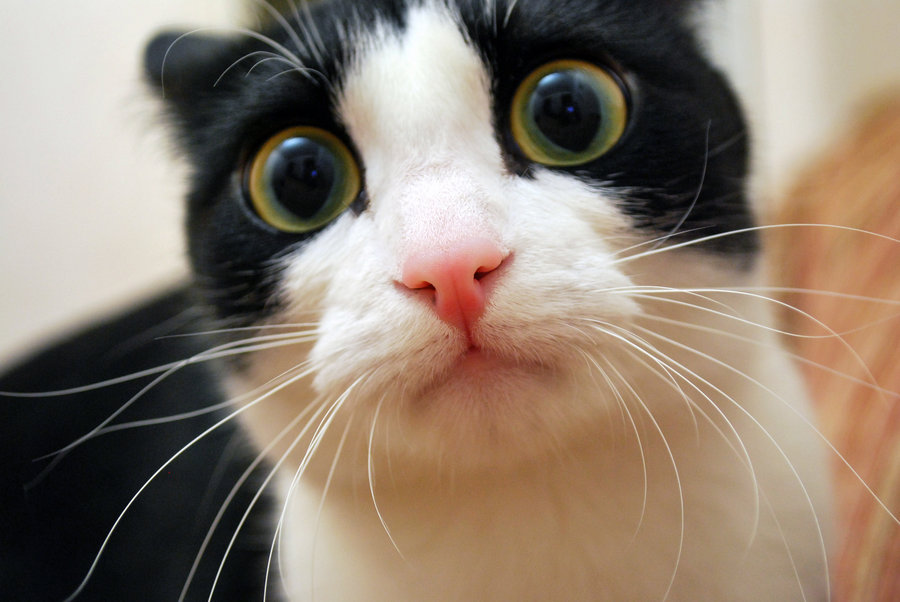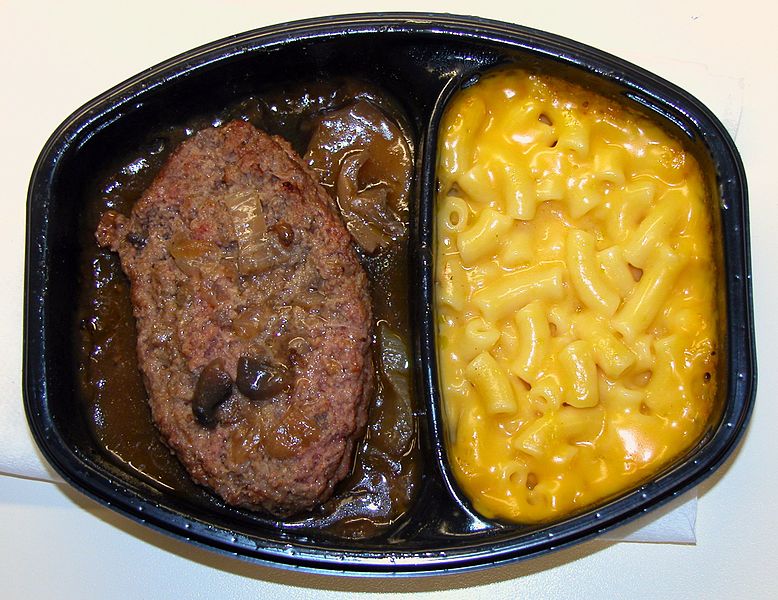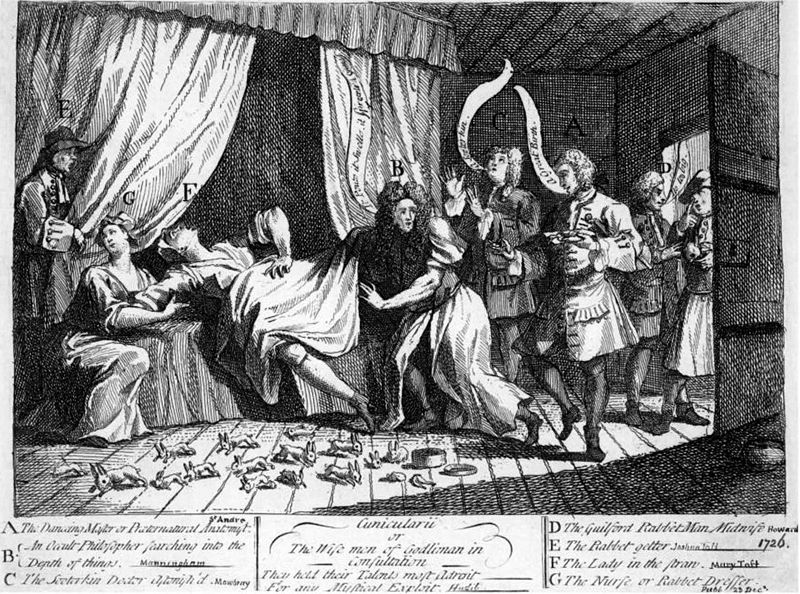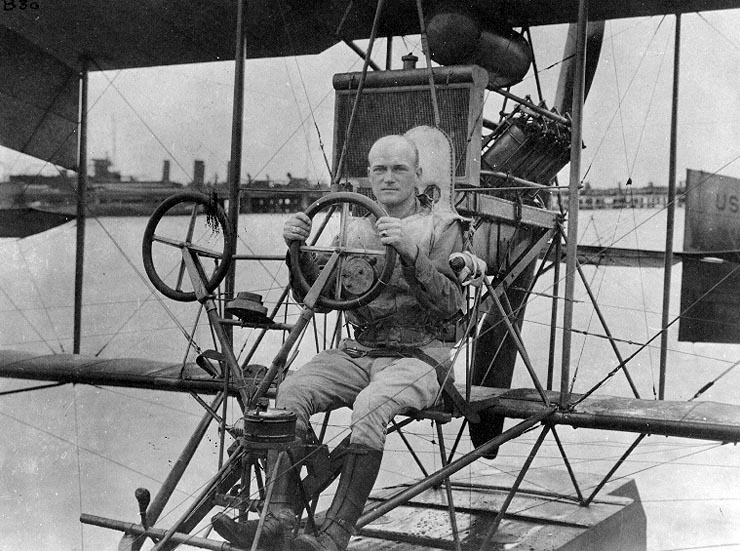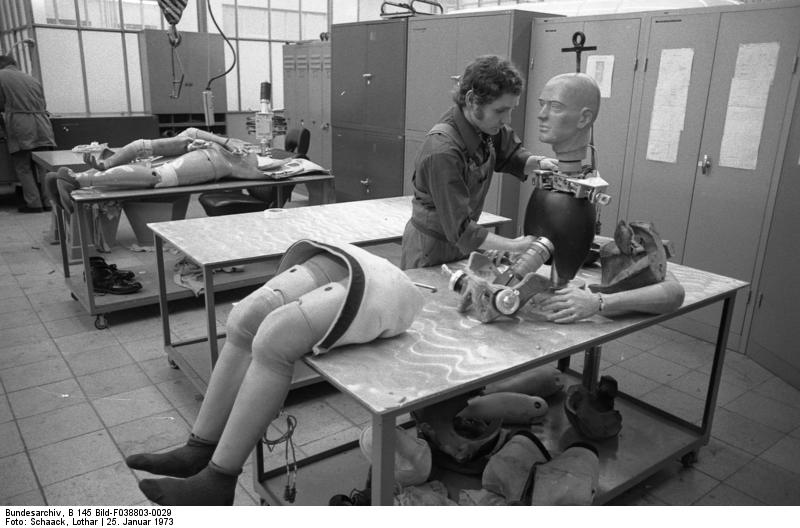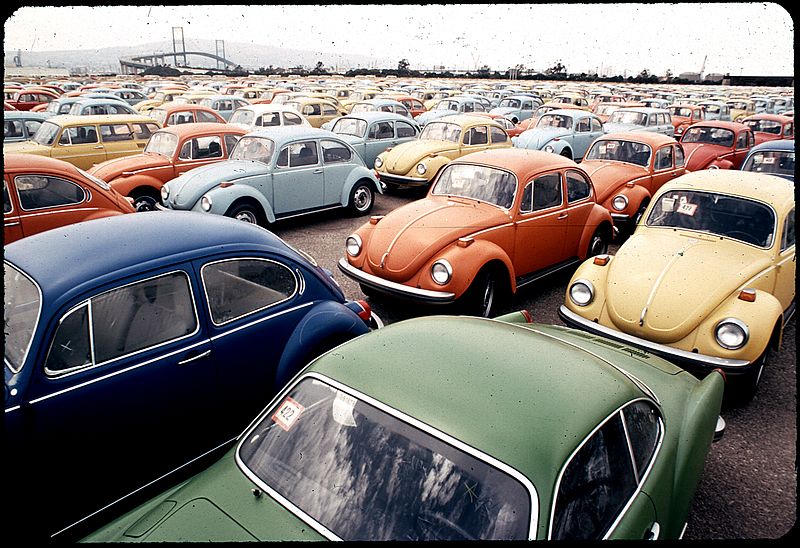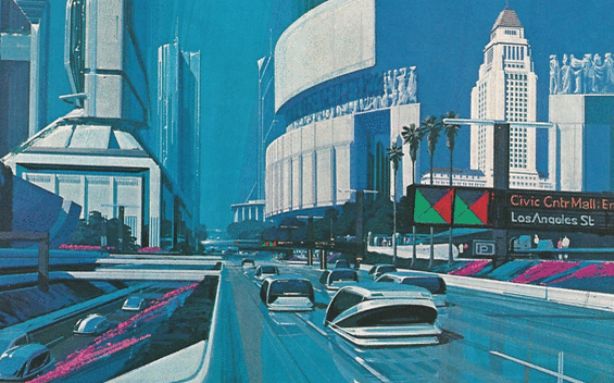
“L.A. 2013,” a 1988 Los Angeles Times feature that imagined life in the future for a family of four–and their robots–dreamed too big in some cases and not big enough in others. An excerpt:
“6 A.M.
WITH A BARELY perceptible click, the Morrow house turns itself on, as it has every morning since the family had it retrofitted with the Smart House system of wiring five years ago. Within seconds, warm air whooshes out of heating ducts in the three bedrooms, while the water heater checks to make sure there’s plenty of hot water. In the kitchen, the coffee maker begins dripping at the same time the oven switches itself on to bake a fresh batch of cinnamon rolls. Next door in the study, the family’s personalized home newspaper, featuring articles on the subjects that interest them, such as financial news and stories about their community, is being printed by laser-jet printer off the home computer–all while the family sleeps.
6:30 A.M.
With a twitch, ‘Billy Rae,’ the Morrows’ mobile home robot, unplugs himself from the kitchen wall outlet–where he has been recharging for the past six hours–then wheels out of the kitchen and down the hall toward the master bedroom for his first task of the day. Raising one metallic arm, Billy Rae gently knocks on the door, calling out the Morrows’ names and the time in a pleasant, if Southern drawl: ‘Hey, y’all–rise an’ shine!’
On the other side of the door, Alma Morrow, a 44- year- old information specialist. Pulling on some sweats, Alma heads for the tiny home gym, where she slips a credit–card-size X–ER Script–her personal exercise prescription–into a slot by the door. Electronic weights come out of the wall, and Alma begins her 20-minute workout.
Meanwhile, her husband, Bill, 45, a senior executive at a Los Angeles–based multinational corporation, is having a harder time. He’s still feeling exhausted from the night before, when his 70-year-old mother, Camille, who lives with the family, accidentally fell asleep with a lighted cigarette. Minutes after the house smoke detector notified them of a potential hazard, firefighters from the local station were pounding on the front door. Camille, one of the last of the old–time smokers, had blamed the accident on these ‘newfangled Indian cigarettes’ she’s been forced to buy since India has overtaken the United States in cigarette production. Luckily, she only singed a pillow- case–and her considerable pride. Bill, however, had been unable to fall back asleep and had spent a couple of hours in the study at the personal computer, teleconferring with his counterparts in the firm’s Tokyo office. But this morning, he can’t afford to be late. With a grunt, he rolls out of bed and heads for the bathroom, where he swishes and swallows Denturinse–much easier and more effective than toothbrushing–and then hurries to get dressed. As he does, the video intercom buzzes. Camille’s collagen-improved face appears on the video screen, her gravelly voice booming over the speaker. Bill clicks off the camera on his side so Camille can’t see him in his boxer shorts, then talks to her. She tells him she wants him to drive her downtown to finalize her retirement plan with her attorney. Knowing this will make him late, he suggests that Alma could drop Camille off at the law firm’s branch office in the Granada Hills Community Center. Camille reluctantly agrees– much to Alma’s chagrin–then buzzes off. When the couple heads for the kitchen, they leave the bed unmade: Billy Rae can change the sheets.”


